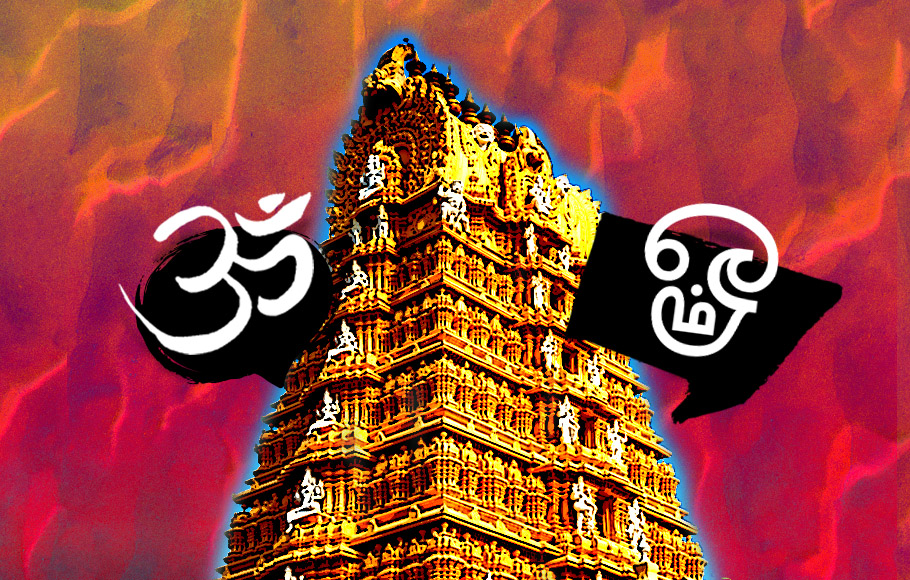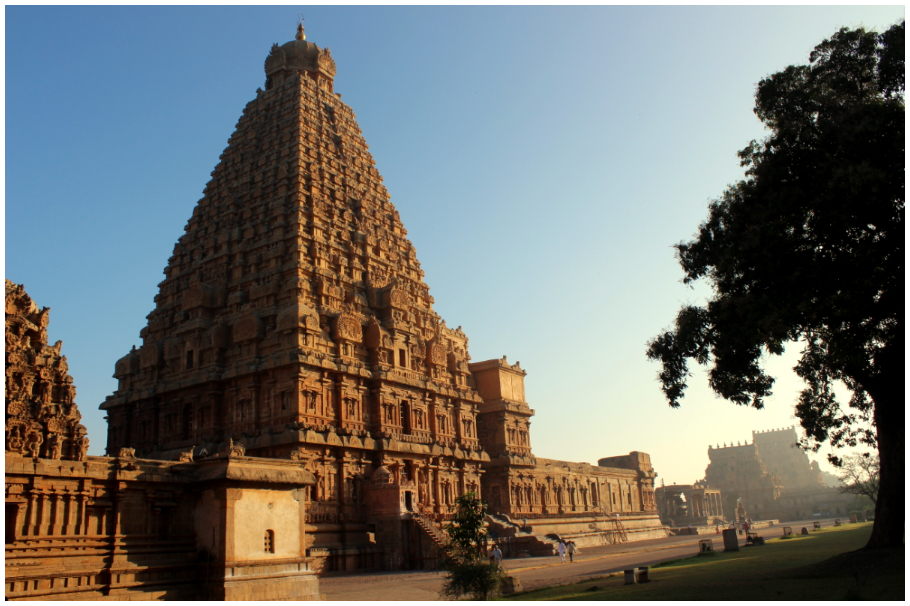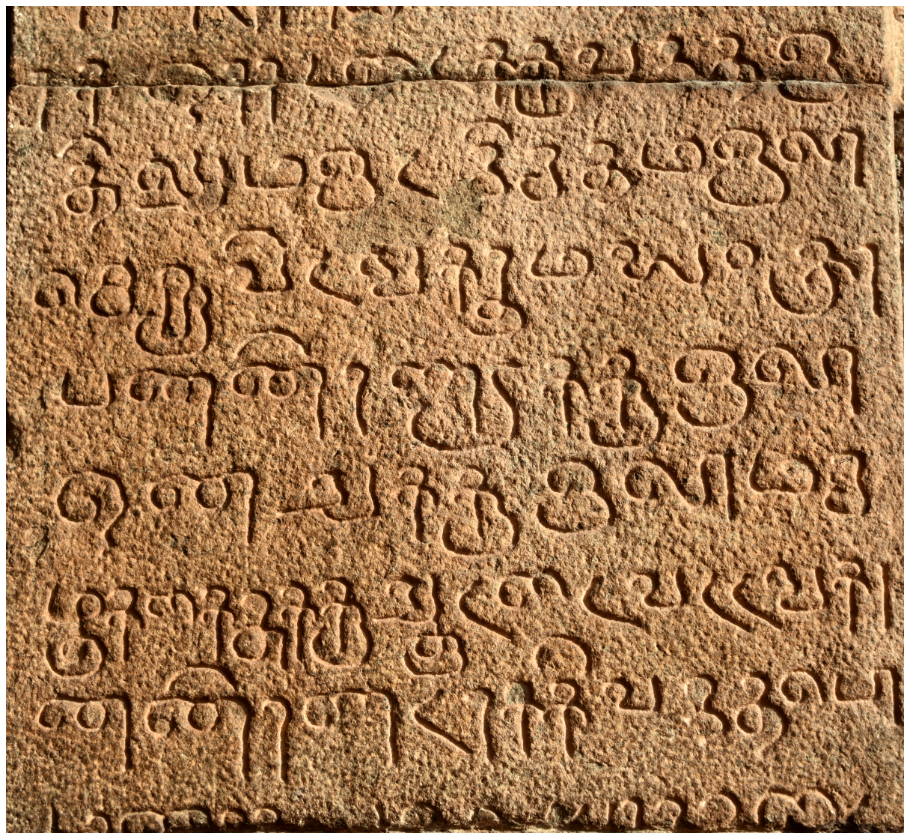
- Home
- India
- World
- Premium
- THE FEDERAL SPECIAL
- Analysis
- States
- Perspective
- Videos
- Sports
- Education
- Entertainment
- Elections
- Features
- Health
- Business
- Series
- In memoriam: Sheikh Mujibur Rahman
- Bishnoi's Men
- NEET TANGLE
- Economy Series
- Earth Day
- Kashmir’s Frozen Turbulence
- India@75
- The legend of Ramjanmabhoomi
- Liberalisation@30
- How to tame a dragon
- Celebrating biodiversity
- Farm Matters
- 50 days of solitude
- Bringing Migrants Home
- Budget 2020
- Jharkhand Votes
- The Federal Investigates
- The Federal Impact
- Vanishing Sand
- Gandhi @ 150
- Andhra Today
- Field report
- Operation Gulmarg
- Pandemic @1 Mn in India
- The Federal Year-End
- The Zero Year
- Science
- Brand studio
- Newsletter
- Elections 2024
- Events
- Home
- IndiaIndia
- World
- Analysis
- StatesStates
- PerspectivePerspective
- VideosVideos
- Sports
- Education
- Entertainment
- ElectionsElections
- Features
- Health
- BusinessBusiness
- Premium
- Loading...
Premium - Events

Tamil vs Sanskrit: What is God’s favourite language?
Almost 1,000 years later, the Brihadeeshwara temple and many other temples in Tamil Nadu are caught in a controversy over which language should be used to conduct the consecration — Tamil or Sanskrit.

Much before the Pallavas (275 CE to 897 CE) carved out structures from rocks to house idols of deities, people in Tamil Nadu worshipped the sun and the mountains. Post the Pallavas, the Cholas emerged as the most powerful dynasty in the region between 850 and 1280 CE. The Chola kings started building temples, which gained pace and attained a summit with the iconic Brihadeeshwara temple built...
Much before the Pallavas (275 CE to 897 CE) carved out structures from rocks to house idols of deities, people in Tamil Nadu worshipped the sun and the mountains. Post the Pallavas, the Cholas emerged as the most powerful dynasty in the region between 850 and 1280 CE. The Chola kings started building temples, which gained pace and attained a summit with the iconic Brihadeeshwara temple built in Thanjavur by Raja Raja Chola I in 1010 CE.
Also called Peruvudaiyar Koyil or Periya Koyil (Big Temple), the Brihadeeshwara temple is a Shaivite shrine. It is a quintessential example of Dravidian architecture and has been recognised as a UNESCO World Heritage site.
This paved the way for many more such temples, earning Tamil Nadu the moniker “the land of temples”.
Almost 1,000 years later, the big temple and many other temples in the state are caught in a controversy over which language should be used to conduct the consecration — Tamil or Sanskrit.
Irrespective of history, rituals offered to the various deities in the state have been Sanskrit shlokas (hymns). Most Hindus are either Shaivites or Vaishnavites, following Lord Shiva or Lord Vishnu. There are other deities too such as Ayyanar, Mariamman, Sudalai Maadan, who are worshipped on a smaller scale in villages or select temples. Deities like Murugan and Shakthi were brought under Shaivism, according to religious scholars.
Consecration and controversy
According to agamas, the authoritative and sacred texts of Hinduism, every temple is to be consecrated every 12 years, requiring a new coat of paint and renovation.
The last consecration of Brihadeeshwara temple was held in 1997, which turned out to be a disaster because of the fire accident which killed 48 people. Since then, no consecration has been done at the temple for the past 23 years.

However, in 2010, under then-chief minister M Karunanidhi, the temple celebrated its 1,000th year with much fanfare. At that time, some renovations and celebrations were carried out, which drew both appreciation and criticism. In 2018, Sri Sri Ravishankar’s ‘Art of Living’ planned a two-day event at the temple premises but the attempt was curtailed by the Madras High Court.
In 2019, a video went viral, claiming that the Tamil epigraphs found in the temple were being destroyed and replaced with Hindi scriptures. But temple officials later said that these were Marathi epigraphs written using the Devanagiri scripts that were there for several decades.
Rise of Dravidians
Supporters of Sanskrit who advocate Vedic rituals are mostly and have always been Brahmins, whereas champions of the new-found clamour for ‘Tamil Only’ are followers of the Dravidian ideology. Dravidian outfits have in the past fought the Brahmin domination in various sections of the society, primarily in governance and politics, but also in education, judiciary and religion.
Dravida Munnetra Kazhagam (DMK) which has in the past fought and ensured Tamil medium in government schools, had also gone on to demand Tamil as the language in courts. The current DMK chief MK Stalin’s demand that consecration in temples be held in Tamil is only an extension of a long-fought battle.
Although Dravidians had once denounced God and temples, this may not come across as strange. Stalin’s father DMK patriarch late M Karunanidhi had created the Hindu Religious and Charitable Endowments (HR&CE) department under the state government to manage and administer the temples in the state.
Though Karunanidhi established the department, he or his party never interfered in the conduct of rituals. Having followed the social reformer EVR Periyar, who is credited with starting the anti-Brahmin struggle with protests against the ban on entry of Depressed Classes in temples, Karunanidhi’s order enabling members from all castes to become a temple priest in 2006 became a watershed moment for social justice.

Another turning point came the year after. In 2007, Arumugasamy, an Odhuvar (the person who reads Tamil sacred Shaivite texts) of Chidambaram Temple in Cuddalore district, tried to recite Thevaram, a Tamil Shaivite text at Chirtambala Medai, a main stage located opposing the sanctum. But he was attacked by Dhikshitars, who claim to be the direct descendants of Lord Shiva.
Tamil in temples, a history
Following this, the state government took control of the temple from the Dhikshitars and ensured the right of reciting Tamil hymns. But when the regime changed in 2011, the new government reversed the decision, pushing Tamil to the back seat.
“Not only the DMK, the AIADMK too had once supported the use Tamil inside the sanctum sanctorum. During MG Ramachandran’s (MGR) tenure as chief minister, ‘Tamil Archanai Maanaadu’ (conference to conduct personal rituals in Tamil) in the 80s. In the conference, a resolution was passed to issue archana tickets in Tamil, so that worshippers who wanted archana in Tamil, could get a ticket in the language,” says Karu Arumuga Tamilan, a Shaivite scholar and writer, adding that the practice for having archana in Sanskrit continued.
When Karunanidhi came to power for the third time in 1996, Tamil Kudimagan, the then-minister for Tamil development and HR&CE department, ordered the conduct of archanas only in Tamil, he says.
“In Tamil, the word ‘pooja’ refers to ‘poosuthal’ which means washing and smearing. So doing pooja is basically cleaning the deity. There are no rules on how to clean it. All the doctrines were created by men and not by God,” Tamilan stresses.
According to him, the word ‘Siva’ is not found in any Sangam era texts. There were no references for a structured temple.
“When Raja Raja Chola went to war with the kingdoms in north India, he brought Brahmins when he returned successfully. After their arrival, Sanskrit took centre stage. If you look at the names of the kings in early Chola period, they were all in Tamil like Nalankilli, Killivalavan, etc. In the medieval Chola period, the names had a pinch of Sanskrit such as Vijayalaya, Sundara and Raja Raja,” he says.
P Maniarasan, convener, Thanjai Big Temple Rights Retrieval Committee (TBTRRC), says the agamas were about how the temple should be constructed and “never proposed” how to do the rituals.
“Even those agamas are in Tamil. They later translated them into Sanskrit. The recital of shlokas came into effect during the later Chola period. The agamas never said that only Sanskrit should be used in the rituals,” he says.
Underlining the Supreme Court judgement in ‘all-caste priest’ case in 2015, Maniarasan says that Hinduism never followed a single deity or single form of doing rituals.
“The judgement said that all the denomination temples have the right to choose their own way of doing rituals. Accordingly, the right of doing rituals in Tamil should be given to this temple,” he asserted.

Vaishnavite fight
It is not just Shaivite temples like the Brihadeeshara that is roiled in the language controversy. Vaishnavite temples such as Parthasarathy Temple in Chennai and Varadharaja Perumal Temple in Kancheepuram too deal with a similar problem. This is amid the dispute between the Vadakalai and Thenkalai Iyengars for control of Vaishnavite temples.
“There, Vadakalai Iyengars conduct rituals in Sanskrit and Thenkalai Iyengars use Naalaayira Divya Prabandham, a collection of sacred texts written by 12 Alwars (great poet-saints of Perumal, avatar of Lord Vishnu),” says Tamilan.
He also observes that while the Thenkalai Iyengars accept anyone who believes in Lord Perumal as a Vaishnavite, for the Vadakalai Iyengars, a Vaishnavite can be only by birth.
“The Vadakalai looks for purity in sect. The Thenkalai accepts conversion. So, the dispute in Vaishnavite temples are more of sectarian purity than of language,” Tamilan says.
Hindutva hand?
The proponents of Tamil allege that the Hindutva groups are adding fuel to the dispute by supporting Sanskrit. But the Hindutva leaders deny this.
Kadeswara Subramaniam, state president, Hindu Munnani, says that they are not against Tamil language but against the disturbing of existing tradition.
“The DMK and other Tamil nationalists took the issue into their hands just to get political mileage. Other than that, they don’t have any stake in it. We are just asking to conduct the consecration ceremony like the way Raja Raja Chola did,” he said.
Meanwhile, the state government has told the Madras High Court in a case filed by Thanjai Big Temple Rights Retrieval Committee that it will ensure recital of hymns in Tamil along with Sanskrit, although the committee had prayed for rituals to be conducted in Tamil alone.
“If the rituals are conducted in both languages, the existing language will dominate. They conduct all the major rituals in Sanskrit and give Tamil only a limited time,” says Maniarasan, stressing that the state government’s position was nothing but an eye-wash.
